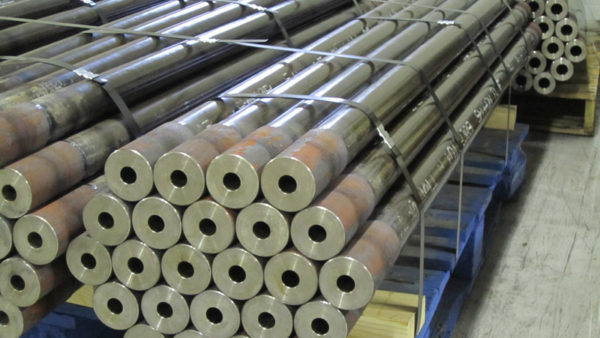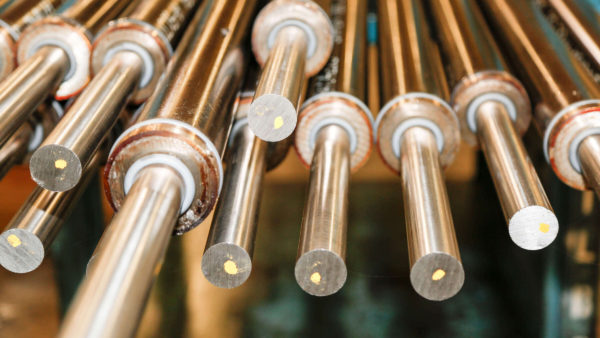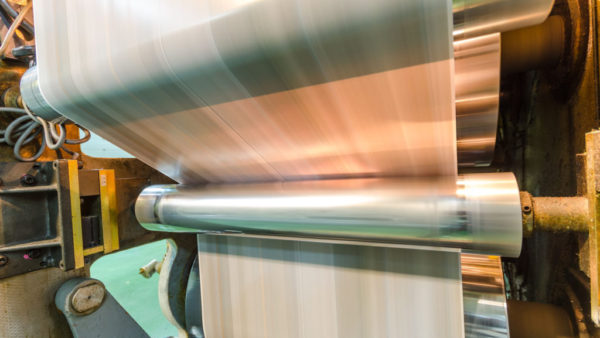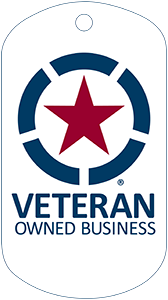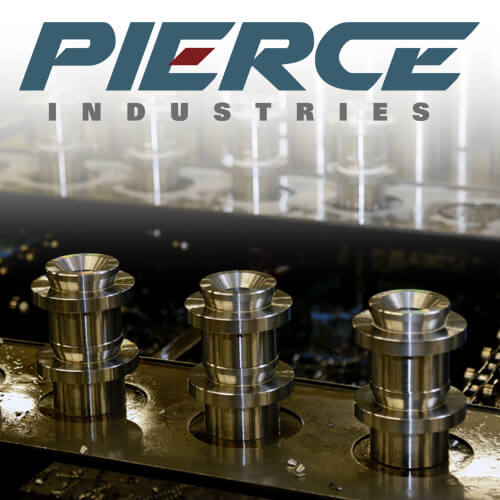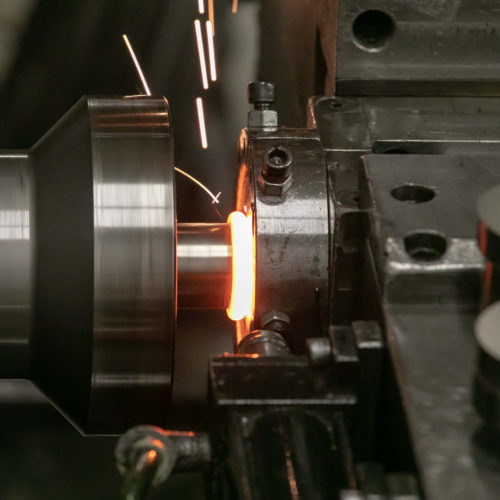Inertia Friction Welding vs CNC Machining
Why should a printing or material handling OEM care about the difference between Inertia friction welding and CNC machining? You’re about to find out.
As the primary decision maker for your manufacturing company, you’re responsible for the survival of your business. You need to make smart decisions that keep your business competitive. When metrics show that you’re spending too much time or money in one area, it’s your responsibility to implement change.
Stop Spending So Much on Subassemblies
For example, metrics might tell you that you’re spending too much on your current subassembly provider. Of course you need those subassembly parts to sell your printing and material handling equipment to customers. But what if you found a provider who could build subassemblies faster, at lower cost? Now you have a decision that can fuel the growth of your company.
Are You Paying Too Much for Industrial Rollers?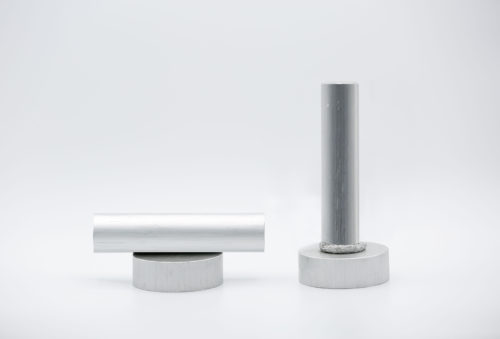
Let’s take a look at a common subassembly for printing and material handling OEMs: industrial rollers. Traditionally, building rollers includes pre-machining the tubes, pre-machining the endcaps, assembling the endcaps to the tubes, and finish-machining the part. Finish-machining is important in order to achieve precise specifications. However, when you substitute inertia friction welding for part of the building process, you receive significant savings.
Inertia Friction Welding vs CNC Machining
Let’s take a closer look at how selecting a vendor who builds your rollers with inertia welding will save you time and cost compared to a vendor who only does CNC machining.
Time
Inertia friction welding to near-net shape is 7x faster than CNC machining to final dimension. The huge difference is due to how inertia welding combines pieces that are already sized to end dimension, while the machining process needs time to cut material down to that end dimension.
Cost
Because inertia friction welding combines pieces already sized to end dimension, it uses 4x less raw materials than CNC machining from bar stock. Scrap chips equates to wasted money. Inertia welding also allows you to use expensive materials like steel in areas where strong material is required, and use less expensive materials like aluminum in areas where it isn’t required.
The way your subassembly providers produce product directly impacts your process. If they’re not utilizing industry best practices, or implementing innovative technology, it’s you who will pay for it. Don’t let that happen. Select a new provider.
Ready to Reduce Cycle Time & Total Cost?
If selecting a roller supplier that saves you time and cost is important to you, contact us. We’d be excited to discuss feasibility, potential savings, and if Pierce Industries is your best-fit partner to help you gain your next competitive edge.
Related Posts
What is Inertia Friction Welding? Inertia friction welding is a solid-state welding process that joins materials by using rotation and friction to generate heat, and lateral force to plastically displace material and fuse the workpieces together. Since its early development,…
There are many types of friction welding methods that can optimize your manufacturing process. In this article, we will review several different types. Understanding these different types will help you decide which can increase precision and reduce total cost and…
Manufacturing problems can hinder profitability for industrial printer and material handling OEMs. It is critical to be aware of these problems in your own manufacturing operations before they cost you your business. So what are the top manufacturing issues and…

